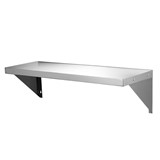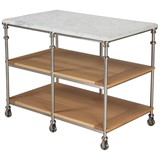Working in a commercial kitchen requires endurance—and that goes for equipment and machines, too! Surfaces are attacked by heat, moisture, fruit acids and much more. That is why stainless steel is often the first choice. Read here about the benefits of this material in the commerial kitchen.
Reason 1: Stainless steel is hygienic
The top priority in every commercial kitchen is to create a hygienic environment. But what is it about stainless steel that makes it so special in this context? The important factors are the hardness and high density of the material. The particles fit together so tightly that they form a smooth, sealed surface, making stainless steel surfaces easy to clean and disinfect. Unlike rough surfaces such as wood or plastic, stainless steel makes it almost impossible for germs, bacteria or dirt particles to embed themselves permanently into the material. Glass shares these characteristics but is also brittle. The great thing with stainless steel is that it does not rust.
The hygiene benefits of stainless steel
- Stable chromium oxide layer prevents rust
- Food, fruit acids and detergents have no effect on this material
- Very easy to clean
- Gives germs and bacteria nowhere to hide
- Leaves no harmful substances or contamination on food
- Does not change food in any way
Reason 2: Stainless steel is good for food safety
Food service businesses are just as responsible for food safety as the food industry is. Stainless steel is therefore the ideal material in both industries. Using stainless steel fulfils the requirements set down in Australian food hygiene legislation. This is based on the international HACCP regulation and the UN's Codex Alimentarius, among other sources. Simply peek at restaurant kitchens around the world and you will see that from the sink or sink unit to worktops and kitchen appliances—high-quality, professional equipment is mostly made from stainless steel.
Reason 3: Stainless steel is easy to clean

The right detergents can remove all dirt from the material. When cleaning stainless steel:
- Use diluted washing-up liquid to remove fingerprints
- Use cream cleaner for stubborn dirt
- Use an alcohol-based detergent or solvent such as acetone or methylated spirits for stubborn, greasy dirt
- Use special alkaline or solvent-based detergent to tackle colour stains
- Rinse surfaces with water after cleaning
- Do not use wire wool, detergents containing chlorides or hydrochloric acid, abrasive agents, bleach or silver polish!
Reason 4: Stainless steel does not rust
An important note to start is that not all stainless steel is rustproof. There are many types of stainless steel which vary in make-up and characteristics. Only alloyed stainless steels are rustproof. Chromium and nickel are the go-to choices to alloy the steel, as is the case for common types of stainless steel in use in the food industry.
For example, cutlery is often marked with the figures 18/10 or 18/0. This denotes the proportions of materials: 18/10 means 18% chromium and 10% nickel; 18/0 means 18% chromium and no nickel. European countries, Japan and the USA have their own additional material designations. For example, 18/10 stainless steel carries the EN material number 1.4301 in Europe, the designation AISI 304 in the USA and JIS SUS 304 in Japan.

Reason 5: Stainless steel is resistant to temperature changes

In the kitchens of restaurants, canteens and the like, things can heat up. But not only on the stove. Sometimes there's a hot sauce pot on the countertop, sometimes boiling water is being poured down the sink. And some appliances also get quite hot - from the hand blender to the dishwasher. The heat resistance of stainless steel is therefore a significant advantage. 18/10 stainless steel can withstand temperatures of up to 600 degrees Celsius.
In addition, the material is generally considered to be a poor conductor of heat. This means that a hot pot that has just been put down does not immediately heat up the entire stainless steel countertop. This is a good thing for occupational safety.
Reason 6: Stainless steel can be welded
This is a key factor in manufacturing kitchen furniture and appliances using stainless steel. You can have it in a wide range of shapes and options in the market for professional equipment. Custom products are even an option where needed. Welding is also great in terms of hygiene. For example, a stainless steel sink can be fitted perfectly and welded into a stainless steel worktop. The combination then works the same as if it had been cast that way. Welding avoids the junctions and joints that screws and studs create, where dirt and germs can then hide.
Reason 7: Stainless steel is durable and low maintenance
Stainless steel is the safe choice for work surfaces and appliances provided it is used properly and looked after, of course. The characteristics we have already described combine to make this material just as low maintenance as it is durable. That makes stainless steel especially financially viable. It very rarely needs replacing or renovating so the lifecycle costs won't run away with you.



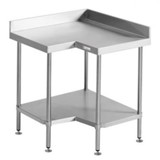
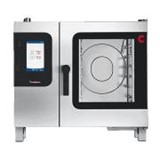




-205x205.jpg)
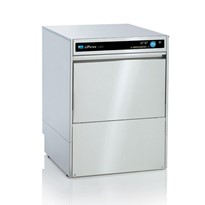




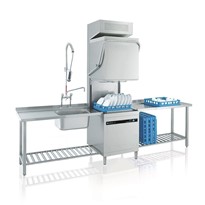


1080p-205x205.jpg)
























